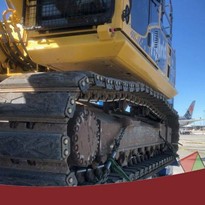Rubber waste is manufactured using a complex range of materials derived from fossil fuels and many of the ingredients are flammable. As rubber waste is composed of oil-based products, fire suppression for rubber waste fires is a complex undertaking which requires specialised safety measures. Read on for Wastech Engineering’s guide to waste fire detection and suppression in rubber storage facilities.
Maintain Smaller Pile Sizes
One of the simplest ways to strengthen a rubber waste fire management plan is to ensure that rubber materials such as tyres are stored in small quantities, thus reducing the risk of large, uncontrollable fires. By storing materials in small piles, the highly flammable oil-based compounds are provided with less fuel to burn, giving your storage facility more time to react and initiate fire suppression measures.
Maintain Appropriate Distance Between Piles
A storage pile of rubber materials will involve different plastic compounds which burn at varying rates. Plastic flames are known to spread as high as 1 metre per second, which is faster than most other materials. Melting plastics liquify and spread in many directions, spreading to other stacks, leading to a compounding effect. Maintaining sufficient distance between small storage piles and keeping them away from walls can make a potential fire easier to control, as it will take longer for the fire to spread from one stockpile to another.
Minimise Storage Time
Large rubber piles left unattended for long periods of time are significantly more dangerous than smaller piles which are moved often. There is a risk of high heat output with old rubber piles and the air spaces between can cause a small flame to spread within minutes. A well-planned rubber waste fire management system will ensure your facility’s operations prioritise minimal storage time to ensure no piles are left unattended for long periods of time, thereby greatly reducing the chance of a fire.
Make Ventilation a Priority
The importance of adequate ventilation cannot be understated. Consistent airflow is critical to fire safety as airflow helps to prevent the build-up of fumes and gases which can present a fire hazard.
Employ Adequate Waste and Recycling Equipment
With the right waste or recycling equipment, your facility reduces the risk of fires caused by waste piles being exposed to stray sparks or flames. Hire quality equipment from Wastech, the leaders in waste and recycling equipment Australia.
Install a Modern Fire Detection and Suppression System
Rubber fires are notoriously difficult because they repel water, emit harmful toxic fumes, and spread quickly due to the liquid nature of heated plastics. Traditional fire suppression systems such as water sprinklers are incapable of handling such fires. Effective rubber waste fire suppression requires a modern fire detection and suppression system which utilises compressed air which shoots a mixture of encapsulating agent and water to quickly cut off oxygen supply to a fire.
Rubber Waste Fire Management Systems in Melbourne
At Wastech Engineering, we provide modern fire detection and suppression systems to a wide range of industries in Australia and New Zealand.


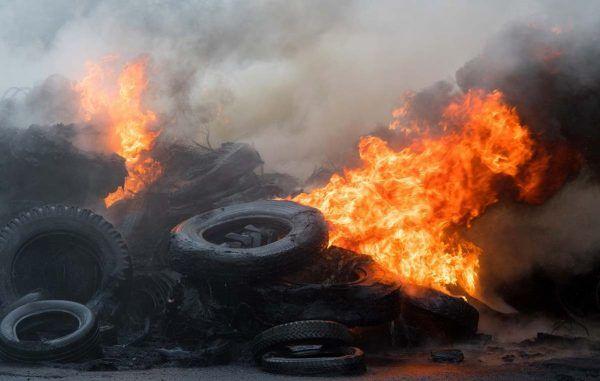

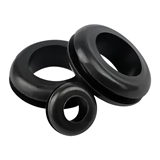





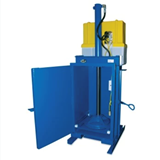




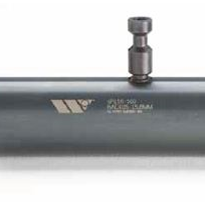
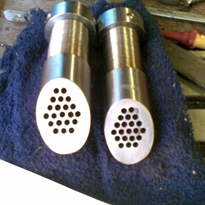
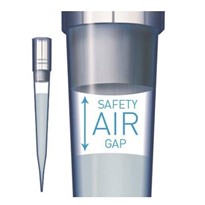

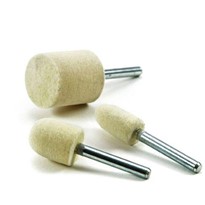

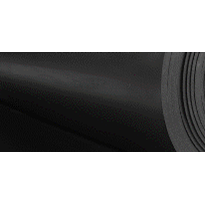
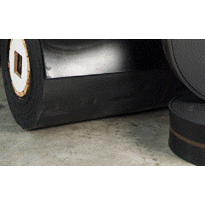
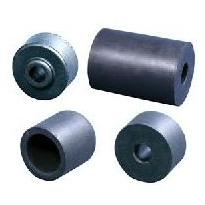
-205x205.jpg)
